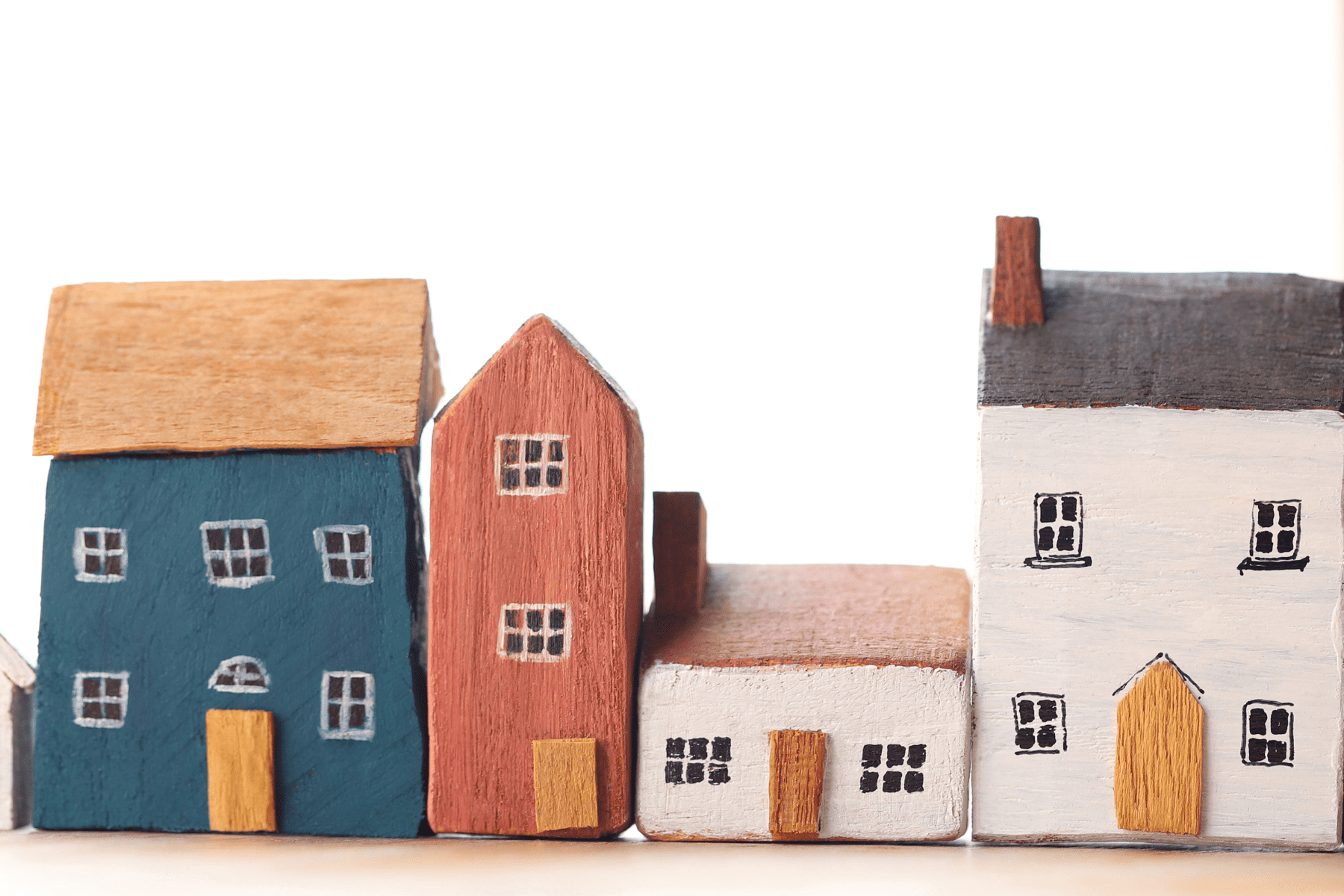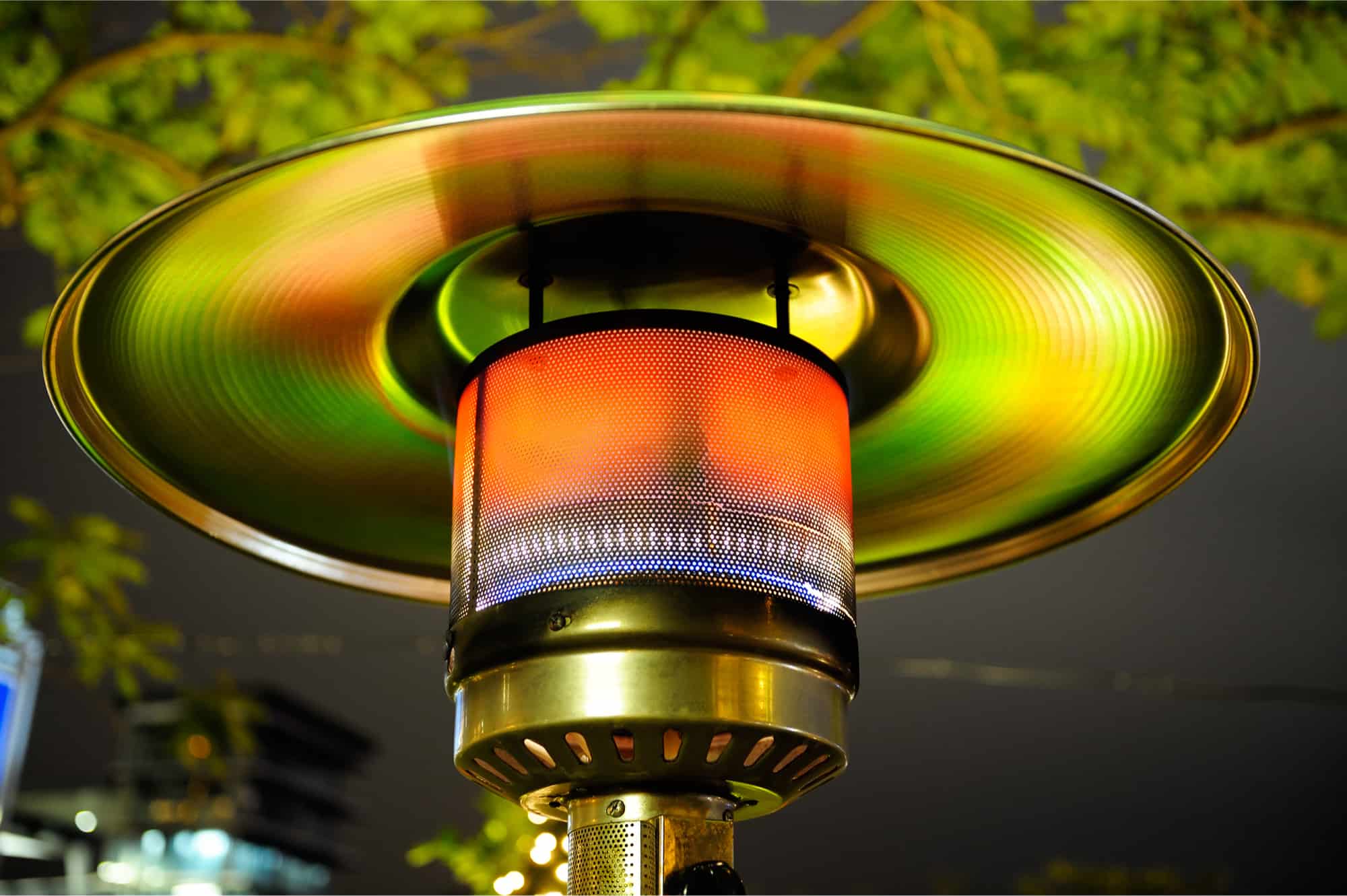
As a result of the possible health issues, mold is the sort of problem that should be dealt with prior to listing a home, and people who are in the market to buy a home would do well to have a licensed professional conduct a mold test on any home they’re seriously interested in buying.
What follows is a rundown of five places in the home where mold could be hiding.
The Unwanted Basement Tenant
If climate control measures are not implemented, basements can end up becoming breeding grounds for mold. Most basements get little or no direct sunlight, are often more humid than other areas of the house, and get scant ventilation, which can pose a problem should water somehow get into the basement.
Mold can go undetected for years in such spaces since it can grow behind walls, baseboards and insulation. Fortunately, detecting mold is possible not only by sight, but also by scent. A moldy or musty smell should not be ignored since it could be evidence that there is a mold problem.
The Air Conditioner’s Chilly Reception
Unfortunately, mold can take root in places that people cannot easily access and monitor such as on the inside of their air conditioner units. Mold can grow on the coils and, when moisture enters into the picture, a small problem can become a big one quickly.
People who find themselves coughing or sneezing whenever they turn on their air conditioners ought to be suspicious since mold could be the culprit.
Not On The Kitchen Menu
Leaving leftovers in the fridge for too long can create conditions where mold thrives. The mold can then get into crevices where it will have even more places to grow. The problem can become even more serious if contaminated food and appliances transfer the mold to other areas in the kitchen.
Furthermore, kitchens that are insufficiently ventilated can also have negative implications as far as food safety is concerned,
The Chimney: Where There’s Smoke…
Leaky chimneys can cause mold problems that, if not fixed, may end up infecting other areas of the house. In a leaky chimney, moisture can seep into crevices and create mold areas that may eventually make their way down to the walls. Therefore chimneys that are in need of repair should be fixed promptly so that problems don’t pop up later.
If Walls Could Talk
One of the most common places for mold to form and grow is behind walls. Humid air behind the walls can be problematic, particularly if water finds its way back there as a result of things like flooding.
It’s also possible for mold to form behind wallpaper. People can determine whether or not they have mold behind their walls by having an inspector come in and check.
Mold is no laughing matter. Before listing, it wouldn’t be a bad idea to address any mold issues. People who are planning to buy a home should have an inspector conduct a test to ascertain if there are any problems.
Taking the proper steps will help to remedy any mold situation that may be present. Whether you’re looking to sell or looking to buy, the right real estate agent can make all the difference. Call your trusted real estate professional today for more information on how to deal with mold when buying or selling a home.










